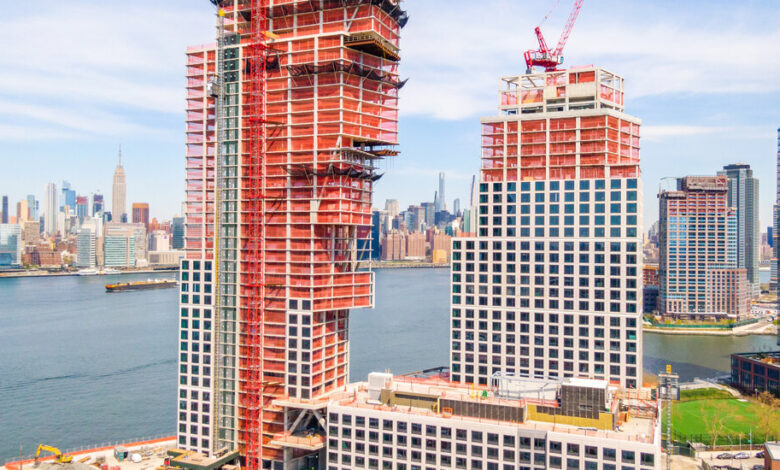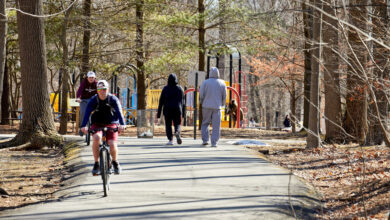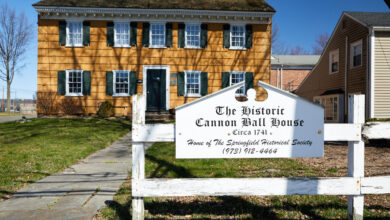Building a Cantilever – The New York Times

[ad_1]
It’s one thing for an architect to sketch a building with a cantilever; it’s something else to build one that’s structurally stable. But structural engineers have a variety of techniques to make cantilevered buildings a reality.
Smaller cantilevers can often be achieved without much special engineering, said Hezi Mena, a senior vice president at the engineering firm WSP, which has worked on numerous New York towers with cantilevers, including Era, Central Park Tower, 56 Leonard Street and One West End.
“Up to 15 feet or so, it’s not a huge engineering feat,” Mr. Mena said, noting that a balcony is a good example of a simple cantilever, where the floor is strong enough to extend a short distance beyond the outer wall of a building without resorting to structural gymnastics. Part of the reason that many buildings have a series of stepped cantilevers “is to stay within a cost-effective solution,” he said, “trying to minimize the cantilever every time.”
With a project like Era, however, it’s not so simple. There, WSP achieved the cantilevers with large Vierendeel trusses — trusses with members that form rectangular rather than triangular openings. “The benefit to doing a Vierendeel truss is to have windows with no diagonal members crossing through,” Mr. Mena said.
“It’s not just columns and beams,” said Eran Chen, the founding principal of ODA. “It’s a whole three-dimensional stable structure that holds itself.”
At bedrock, “we have rock anchors that are drilled very deep into the rock, actually anchoring the building through the rock,” Mr. Mena added, “so it doesn’t tilt over or anything crazy like that.”
At Central Park Tower, WSP and Adrian Smith + Gordon Gill Architecture employed a different solution by adding a muscular transfer floor at the bottom of the building’s cantilever on the 12th floor. “Think of it as a structural platform in the sky,” said architect Gordon Gill, “that’s capturing the load coming down on the east side and then bringing that back into shear walls and the core of the building.”
Greenpoint Landing, Block D, which was designed with DeSimone Consulting Engineers, relies on yet another solution. Sloped columns run through numerous floors to bring much of the cantilevered load back into other columns that run to the ground, while additional tensioned columns work as hangers below those larger diagonals to hold up lower floors. (All of this supporting structure will be covered when the building’s cladding goes on.)
[ad_2]
Source link






